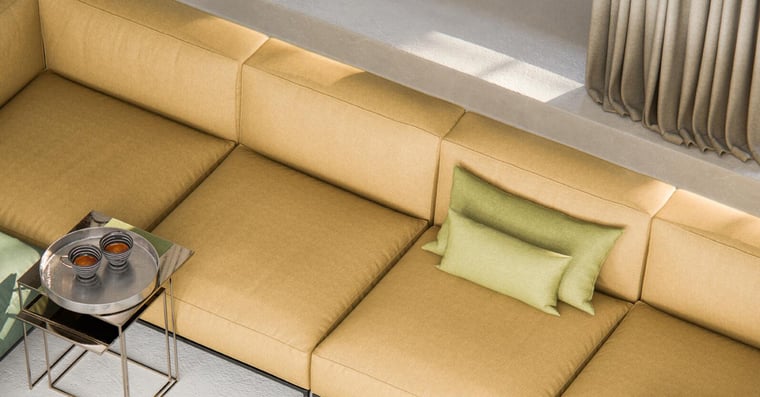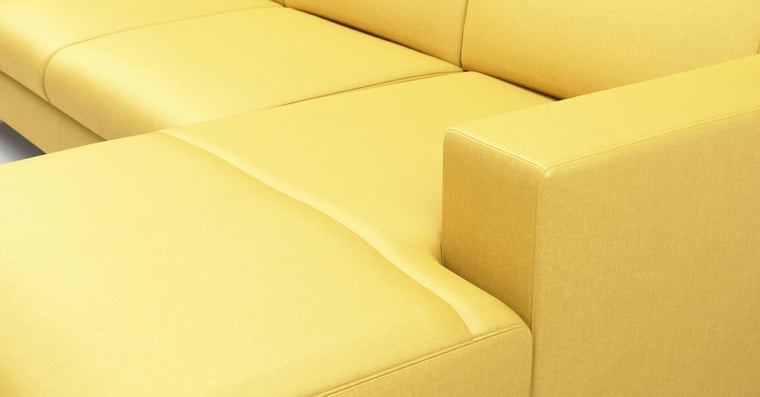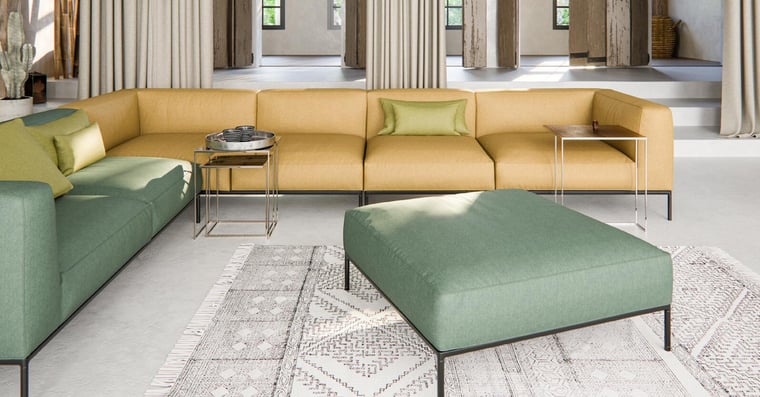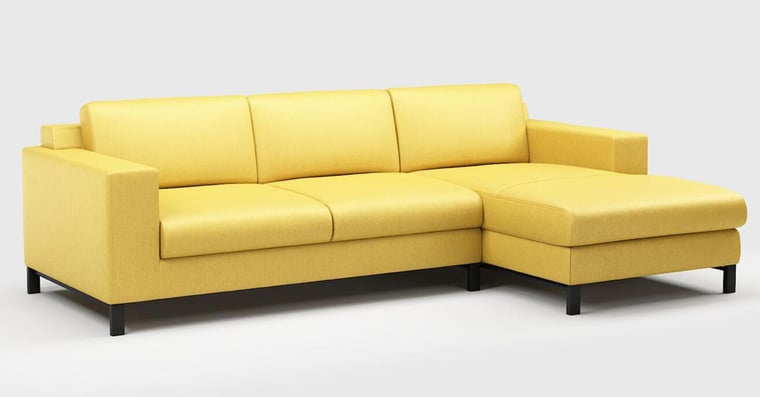
Digital twins: The future of fabric libraries
Published by Admin on
Feb 9, 2021 10:08:08 AM
The future of design is digital. Can you tell the difference between these physical fabrics and their digital counterparts?
As Albert Einstein once said, “Imagination is everything”. For many, the advent of the last year has encouraged many industries to adapt and be inventive, and home furnishing, architecture, and interior design are no exception. There’s no question that the future of design is digital and digital fabrics are a cornerstone of an industrial evolution. These virtual copies of the real thing digitally bring your designs to life and allow you to see possibilities, not limitations.
While it’s true that things are looking up, it’s no secret that everything will be very different. For one thing, everything is taking longer to complete these days—from the design process to prototyping. The good news is that the possibilities are endless for how digital fabric twins can streamline and scale your business, now and into the future.
What is a digital twin?
A digital twin of a fabric is a photo- and product-realistic digital render of a physical fabric, meaning the digital model behaves and drapes the same way the fabric would in reality. Every material is wrapped onto a 3D model, and suppliers may add simulation measurements to accurately capture the behaviour of the fabric. The end result is the digital twin of your genuine fabric rendered to photographic perfection.
With an established digital fabric library, the digital fabric twins are ready to use in application for designers, architects, wholesalers, retailers, etc. and can immediately be purchased for manufacturing. The advantage is less time spent hunting down fabrics, colours can be changed quickly, and purchasing the correct amount is swift and almost effortless.
3 Amazing Reasons to Go Digital
If you weren’t excited enough already, here are 3 amazing ways material digitisation is revolutionising the industry.
1. Improving collaboration
Since it’s all digital, what better way to share your full, rich, 3D and AR representations of physical fabrics with brands all over the world? Digital materials libraries bring brands and suppliers together in a shared cloud environment. Within the brand, it’s an easy way to communicate between the design team, and then share it all with the decision makers—in mere minutes, with the click of a button, on any device. Remote work is here to stay, so reducing the dependency on physical fabric samples is a business imperative.
2. Providing missing insights
Digital twins complement traditional textile sampling rather than replace it. Nothing beats touch and feel, but material digitization makes the user experience focused on the visualisation of materials. When people can interact with photorealistic renders of their products and scenes with real fabrics, that’s when they start to believe and get a very different perspective. Just like Einstein said, “[Imagination] is the preview for life’s coming attractions”. And nothing enlists the creative imagination of your client like seeing your products, projects, or marketing in a realistic environment.
3. Streamline your processes
The days of suppliers having to ship thousands of physical samples are over. Today, brands can quickly and confidently narrow down their material selection online. What’s more, digital experimentation can guarantee satisfaction of the final product, without the costly expense of real-world tests. Finally, the technology exists to experience 3D models and renders in record time, easily prototype digitally at a fraction of the cost, and ultimately better understand and meet customer needs. All of which save businesses time and money. Plus, the fact that 3D modelling is usable of multiple channels—both online and offline—ensures the highest return on your investment.

In the world of materials, digital fabrics libraries help companies improve the customer experience, drive innovation, and gain a competitive advantage. This bridging of the virtual and physical worlds allows invaluable lessons to be learned and businesses to plan for an uncertain future. The only limit is your imagination.
Re-invent
Now more than ever, being able to digitally visualise fabric textures and styles is important to brands and suppliers. Now is a good time to reinvent with high-quality photorealistic digital fabrics that are a 100% match to physical fabrics — the only limit is your imagination.